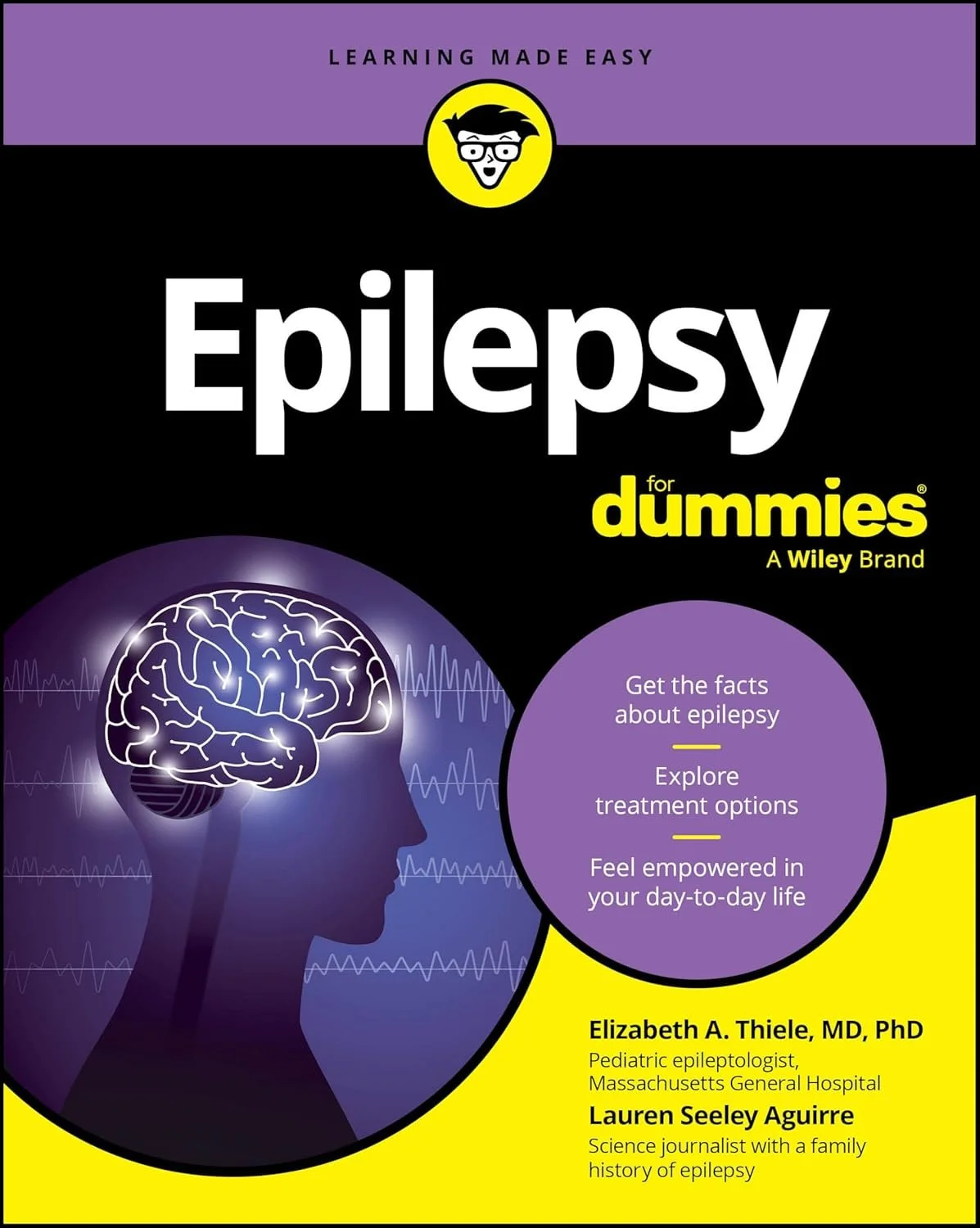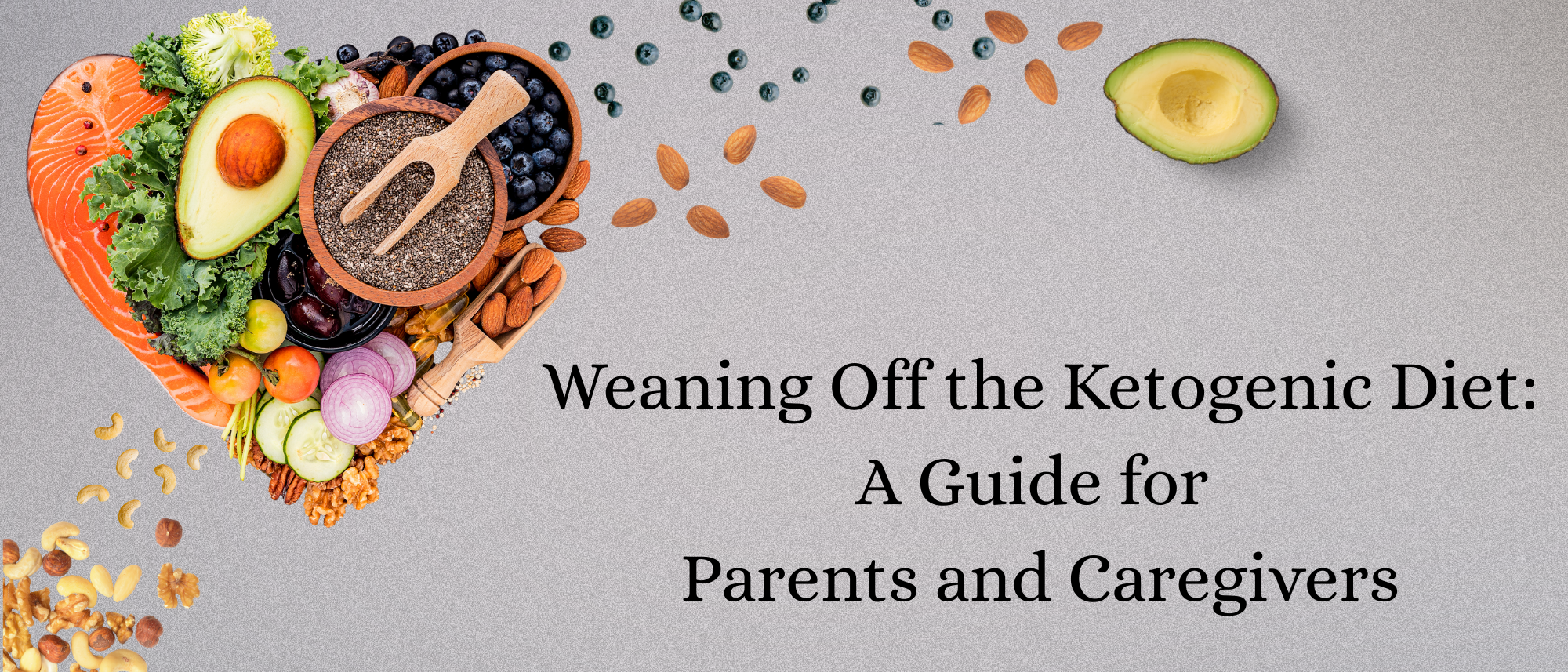Keto Hope Blog: Keto Super Stars: Meet Eleanor
/Author: Hilary Bassett
How the Ketogenic Diet Transformed My Daughter’s Life: A Journey with Ring 14 Syndrome
When I first learned about the ketogenic diet, I had no idea how profoundly it would change my daughter Elee's life. Elee has been on the keto diet for over 2 years now, since she was 11 months old, and it has been nothing short of life-changing. But our journey didn’t start with a simple decision to try a new diet; it began with a heartbreaking and terrifying health crisis.
A Challenging Beginning: Elee’s Diagnosis and Struggles with Seizures
Elee was diagnosed with Ring 14 Syndrome, a rare genetic disorder that causes a wide range of developmental and physical challenges, including severe seizures. Her first seizure occurred at 9 months old in October 2022. We went to the hospital by ambulance for treatment. Unfortunately, her seizures didn’t respond to rescue medications and she was hospitalized for more than a month, not leaving until December 2022. Despite all medical efforts, we couldn’t seem to gain control over the frequency or severity of her seizures.
For a child as young as Elee, watching them go through such a traumatic experience was heart-wrenching. Before her seizures began, Elee had been a happy, healthy baby who loved exploring new foods. She had been exclusively breastfed and began baby-led weaning at 6 months. Her love for food knew no bounds, from pizza and chicken to broccoli and steak. But as the seizures took over, she lost her appetite, and her eating habits regressed drastically.
The Turning Point: Introducing the Ketogenic Diet
The turning point came right before Thanksgiving in November 2022, when we made the decision to start Elee on the ketogenic diet. Through the lens of social media, we had already seen how some children with epilepsy experienced remarkable improvements in seizure control through this high-fat, low-carbohydrate approach. I was intrigued by the idea of using food as a form of “pharmacology,” especially since traditional medications hadn’t worked for her.
At the time, Elee had gone as long as 72 hours without a seizure, but that was her longest streak. When we began the keto diet, something miraculous happened. Elee went a record 52 days without a seizure! She was still on several anti-epileptic medications, but the combination of the ketogenic diet and her meds seemed to work synergistically, giving her the control we had longed for. Even though she still occasionally experiences seizures, they are now limited to once a month, a far cry from the constant struggle we faced before. She is currently experiencing her longest seizure free streak and is at 84 days today!
Rebuilding Her Strength and Love for Food
When we started the keto diet, Elee had regressed to only taking breast milk in bottles. To help her regain her strength and confidence in eating, I introduced her to a medical ketogenic formula mixed with breast milk. Slowly but surely, she regained the energy to start eating real food again. For her first birthday, I made her a homemade 4:1 keto cake, which she absolutely adored. Little by little, Elee started eating whole foods again, and today at 3 years old, she’s thriving on a 2.5:1 ratio.
I’m constantly in awe of how she’s able to enjoy a wide variety of delicious keto foods, from her favorite chopped veggie sub salad with oil and mayo, homemade cheesy goldfish snacks, and spinach bites, to salmon and steak. I use ingredients like cream cheese, butter, olive oil, avocado oil, heavy whipping cream, and MCT oil to keep the fat content high, ensuring she stays within her keto ratio.
The Reality of Managing the Keto Diet for a Toddler
As much as the ketogenic diet has been a miracle for Elee, managing it is no small feat. I’m a huge advocate for the diet, and I’m passionate about sharing her journey on her Instagram page, @pawsforelee. I make all her food from scratch, with the occasional exception of a hot dog (which she loves paired with pimento cheese). To make her meals more exciting, I use dozens of silicone molds to create themed snacks for each week’s learning focus in preschool. I also use these molds for birthday parties and other social events, ensuring Elee has something she can eat while other kids are enjoying their treats.
However, despite the success we’ve had with the keto diet, there are many challenges. The process of calculating her meals and ensuring her fat-to-protein-to-carbohydrate ratio is precise is still a significant hurdle. I use an app for meal planning, but its ingredient database is limited, and I often find myself doing manual calculations to ensure everything is accurate. Many parents I’ve spoken to have given up on the keto diet for their children due to these difficulties, and I understand why. The burden of calculating ratios and creating balanced meals by hand can be overwhelming.
What I’ve Learned and My Hopes for the Future
Looking back, I’m incredibly grateful for the keto diet and how it has helped Elee, but I know there’s room for improvement. I’ve learned that making my own recipes is not only doable but also becomes easier with time. It’s a labor of love, and while it takes effort, I know it’s making a world of difference in Elee’s health. My hope for the future is that as she grows older, the keto diet will become her primary form of seizure control, with fewer medications required.
In an ideal world, there would be better tools for parents managing the keto diet for children. I’m in conversations with a keto app developer to add ratios to their program, which would make the process significantly easier. If we could have unlimited access to a comprehensive ingredient database, meal calculations could be automated, and more parents may find success with the ketogenic diet.
Final Thoughts
Elee’s journey has been nothing short of miraculous, and while there are still challenges to overcome, the ketogenic diet has given us hope and a sense of control we didn’t have before. If you’re considering the ketogenic diet for your child, my advice is simple: it gets easier with time, and creating your own recipes is entirely doable. The results are worth the effort!
Elee’s story is one of perseverance, love, and the transformative power of food. While the ketogenic diet is not a one-size-fits-all solution, it has certainly been life-changing for our family. And for that, I’m forever grateful.













































